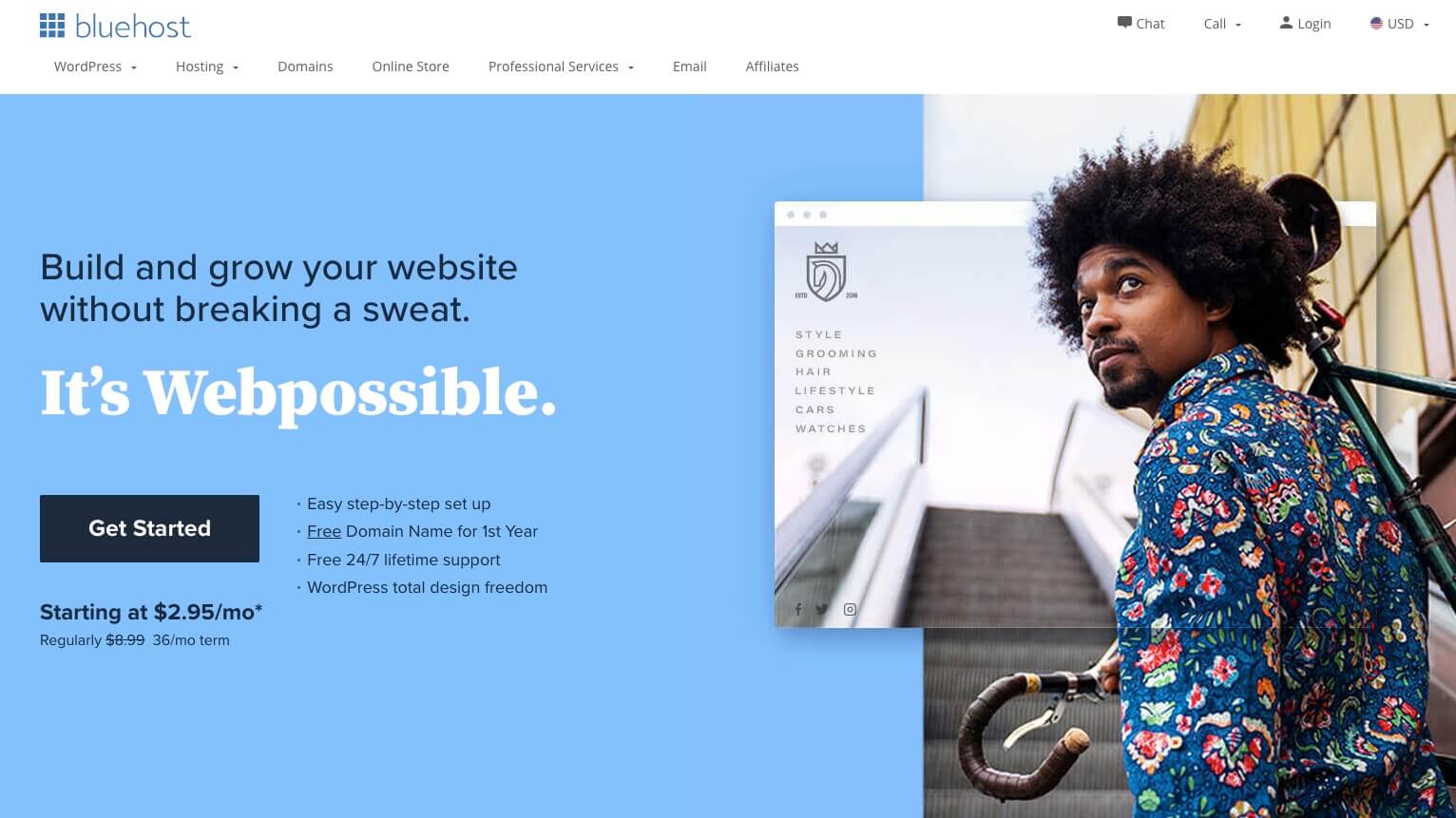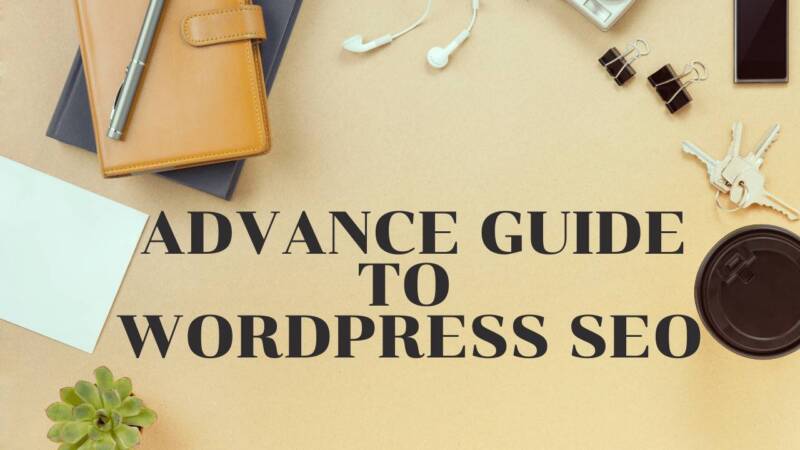HOW TO START A BLOG
Are you looking to start a blog with ease.
This article will provide step by step process on How to start a Blog with most basic computer skills.
After completion of this page and following the steps listed, you will be the proud owner of a wonderful Blog and ready to share with the world and start monetizing it.
So what are we waiting, let get started!!
Firstly let me define the term Blog.
What is a Blog?
The blog is a collection of articles called Blog Posts or posts. It’s sort of online journal wherein information is displayed in reverse chronological order i.e latest post is seen first. It’s a platform wherein an individual or group of individual share their views on a subject.
Let’s say an individual is passionate about cooking then he or she can start a food blog showcasing different recipes to the world, or a fitness trainer starting a blog revealing fitness tips and tricks used by him to the world.
Above are examples of personal blogs, Businesses create blogs to showcase their products to potential customers via ranking their blog in Google SERPs.
With a blog one can update about new products, on regular basis, which is not the case with static websites. Basically, websites provide static information about business, products, and contact details.
But businesses today have blog sections embedded in their websites so they provide the latest information and get connected with their audience.
Blogs with frequent and better posts result in a higher ranking in Google with more and more audience getting engaged with you. So blog helps in getting more and more leads and customers.
Lets start by following simple steps and see how to start a Blog
How to start a Blog in 5 Steps
1. Pick up a Domain Name:
If you have already decided the name for your blog, check for its availability.
If you do not find you require a domain name try using a different domain extension like instead of .com try .net or .org. Try using words like “Best”, “my”,” the”,” only”. Like we have a blog name as onlyvaluebuy.com showcasing only the most valued online tools to start a blog.
Note: Do not use spaces or punctuation other than dashes in blog name.
If you cannot decide let me ease out things for you. The first thing is to decide the topic or subject of the blog.
Your Blog topic can be about your personal life experiences for example blog on dealings with clients at your office, blog about experience on becoming parents ie. Parenting.
It can be a personal blog which topics from things of daily routine, random thoughts. It will be a blog wherein you share your thoughts about different things.
Lastly blog can be about subjects you are passionate about, your hobbies like a food blog, photography blog, travel blog, sports blog, etc.
Select a Blog Name or Domain Name which are descriptive and easy to remember to your visitors.
2. Taking Blog Online
The Next Step is to publish your blog online. It may sound a bit technical, but it’s not. For publishing a blog you require a Web Host. Web Host is a company that will store all files on its servers to showcase your details to your prospective clients and customers.
Know more about Web Hosting Companies and hosting plans they offer
To start a blog we require shared hosting which starts with low cost and basic features like Uptime of website, support of Web Host, and SSL certificate. For starting a blog we recommended BLUEHOST as Web Host. It is low cost, has excellent support and provides free SSL on all its plans
3.Installing CMS or Content Management System
After choosing Bluehost as your Web Host, it’s time to install WordPress which is free CMS. Around 40% of websites today use WordPress.
What is WordPress?
WordPress is an open-source content management system that allows users to modify content, customize the content without the need of knowing all about programming.
Since it is free and open-source WordPress installation does not require any fees, as is the case with other CMS like Squarespace.
4. Customizing your blog
After installation, you land up on WordPress Dashboard which helps to change blog content, change design and customizes your blog.
With excessive collection of WordPress Themes and plugins you can easily modify design of your website/blog with ease and change the whole look of website/blog within few minutes
- Website Themes: Website Themes basically change how your website/ blog looks. There are around 5000 free WordPress Themes and tons of premium themes. Check out my full post on Premium themes and Themes for all sorts of Blogs.
- Website Plugins: WordPress Plugins are basically used to build, enhance, and customize your websites. There are around 57000+ plugins used for various purposes from Editing content, SEO plugins, Web Forms, Analytics, Security, Backups, creating landing pages, creating membership forms, social media integrations, affiliate link building, Live chats, and many more. Check out my post of the most required WordPress Plugins.
5. How to write a New Blog Post and publish
As we already set up our blog now it’s time to start actual blogging. After Installing WordPress Theme one can start a Blog Post by creating a new post on the left side panel of the WordPress panel.
You can start writing blog with post editor. Enter the title add image and do basic formatting.
Every blog should have two types of content:
- Static Content: A blog should contain some static information in form of pages which are static in nature For Example :
About Us page: A Blog must contain an About us page which reveals information regarding the author of the blog and basic information regarding the subject of the blog etc.
Privacy Policy Page: A Blog must have a privacy policy if you collecting data from your visitors in the form of Email id contact details etc. if You monetizing the blog via Google AdSense then a Privacy policy is a must which reveals how you are going to use the data collected from visitors. This is required as per guidelines by CCPA and GDPR
Terms of Services: If your blog is providing a service or showcasing products. It is good to have the terms of services offered page to reduce potential liability.
Disclaimer page: if you are promoting other products either physical or digital. It is a must to have a disclaimer page that shows the ways you intend to generate income.
For Example, You have a Blog on Photography and you showcase professional cameras and intend to earn affiliate commission by linking it to amazon, then you must mention this on the Disclaimer page that you area Amazon Affiliate and make a commission of sales of cameras via your blog.
Everything sound bit technical and involves legal. I recommend Termify tool that does all this for you with ease and as per laws.
- Dynamic Content: This is main thing wherein you write blog which provide your audience, visitors with informative facts, opinions, stories. Your blog posts should be lengthy but with a break up, original content, original images and should be engaging. Blog post should be updated regularly with fresh content added weekly or 2-3 post per month. Not posting for long time may result in less visitors to your blog.
Basic Structure of a Blog site.
A blog site should have a structure to appeal to customers. It should have headline revealing your domain name and tagline, Menu bar, Side bar, proper navigation, Breadcrumbs, search options .A good Blog structure helps visitors for navigations and also Google to navigate the site and thereby increasing your Google rankings.
Finally after following all steps it’s time to go online and publishing Blog post and going live.





